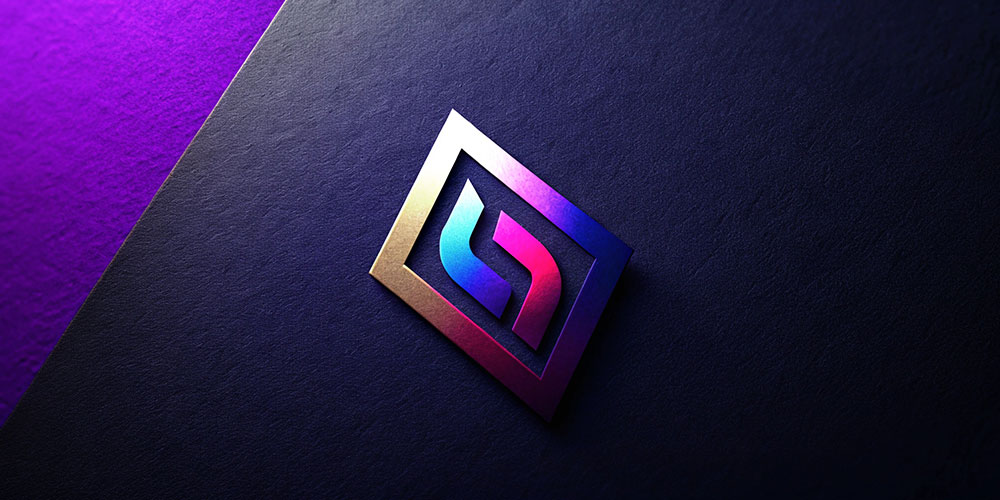Designers, creating a great logo is a delicate art that involves striking the right balance between simplicity and uniqueness. Achieving this balance ensures that your logo is not only memorable but also effective in representing the brand. Here’s how to navigate the fine line between these two crucial aspects to design a logo that truly shines.
The Importance of Simplicity
- Clarity and Recognition: A simple logo is easier to recognize and recall. It ensures that the brand is immediately identifiable, even at a glance or from a distance. Think of iconic logos like Apple or Nike—simple yet highly effective.
- Versatility: Simplicity ensures that the logo works well across various mediums and sizes. Whether it’s on a business card or a billboard, a simple logo maintains its integrity and impact.
- Timelessness: Simple designs often have a timeless quality. They avoid trends that can quickly become outdated, giving the logo longevity and relevance over time.
The Role of Uniqueness
- Stand Out: A unique logo helps a brand differentiate itself from competitors. It captures attention and ensures that the brand stands out in a crowded marketplace.
- Brand Identity: Uniqueness allows the logo to convey the essence and personality of the brand. It can incorporate elements that reflect the brand’s values, mission, or industry.
- Memorability: A unique design makes a lasting impression. It’s easier for people to remember and associate with the brand, leading to stronger brand recall.
Finding the Perfect Balance
- Start with Research: Understand the brand’s values, target audience, and industry. This research will inform the design direction and help you find elements that are both unique and relevant.
- Simplify the Concept: Begin with a detailed design concept and then simplify it. Strip away unnecessary elements while retaining the core idea. This process ensures that the logo remains impactful yet straightforward.
- Test Variations: Experiment with different variations of the logo to see how it performs in various contexts. Test for simplicity by scaling it down and checking if it remains recognizable. Evaluate uniqueness by comparing it to competitor logos and ensuring it stands out.
- Seek Feedback: Get input from peers, clients, and target audiences. Feedback can provide insights into whether the logo strikes the right balance between simplicity and uniqueness.
- Iterate and Refine: Design is an iterative process. Be prepared to refine and tweak your logo to achieve the perfect balance. Don’t settle until you’ve found a design that meets both criteria effectively.
Examples of Balanced Logos
- Nike: The swoosh is both simple and unique. It’s a single, clean shape that stands out and embodies the brand’s dynamic and athletic identity.
- Apple: The apple with a bite taken out is simple yet distinct. Its minimalistic design ensures clarity, while the bite adds a unique touch that makes it memorable.
- FedEx: The simplicity of the FedEx logo is enhanced by a clever use of negative space to create an arrow, symbolizing speed and precision. It’s both straightforward and distinctive.
Conclusion
Crafting a great logo requires balancing simplicity with uniqueness. By focusing on clear, recognizable elements while incorporating distinctive features, you can create a logo that effectively represents the brand and stands out in the market. Strive for this balance, and your logo will not only shine but also leave a lasting impression.
So, when working on your next logo design, remember the key: aim for simplicity that doesn’t sacrifice uniqueness, and watch your logo make a powerful impact.

